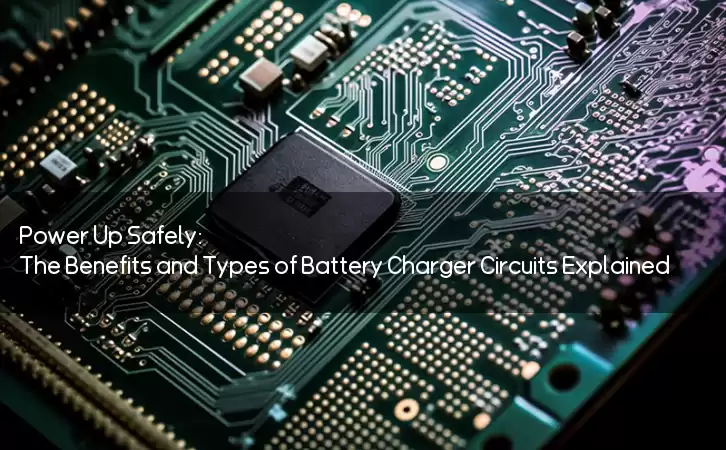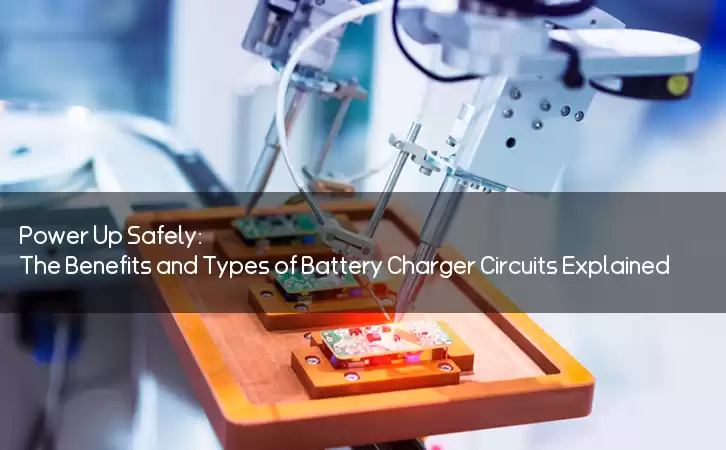Information Center
Power Up Safely: The Benefits and Types of Battery Charger Circuits Explained
Published:2023-06-28 00:35:23 Author:Green WCND Views:77A battery charger circuit is a device that’s used to recharge batteries that have been depleted of their charge. A simple charger circuit typically consists of a voltage regulator, a transformer, and a rectifier circuit. In this article, we’ll discuss the various types of battery charger circuits and how they work.

Firstly, let’s take a look at the different types of battery charger circuits. They can be divided into four categories: linear chargers, switching chargers, pulse chargers, and fast chargers. Each type of charger has its own benefits and drawbacks and is designed to charge specific types of batteries.

Linear chargers use a linear voltage regulator to charge the battery. They’re simple and easy to use but can be less efficient than other types of chargers since they dissipate excess energy as heat. Switching chargers use a switching regulator to charge the battery. They’re more efficient than linear chargers and can be used for a wider range of battery types. Pulse chargers send pulses of high-current charging to the battery which can increase its lifespan. Finally, fast chargers are designed to charge batteries quickly. They work by increasing the charging current to the maximum amount that the battery can safely handle.
Now, let’s talk about how a battery charger circuit works. Generally, a battery charger circuit works by converting AC power from the mains to a DC power source that’s used to charge the battery. A transformer is used to step down the AC voltage, and the rectifier circuit is used to convert AC power to DC power. The voltage regulator is then used to adjust the output voltage to the correct level for the battery being charged.
Battery charger circuits can be used for a variety of applications including recharging cell phone batteries, powering electric vehicles, and charging batteries used in solar power systems. It’s important to choose the right type of charger for the battery being charged. Using the wrong type of charger can be dangerous and can even damage the battery.
In conclusion, a battery charger circuit is an essential component for recharging batteries. It’s important to choose the right type of charger for the battery being charged and to always follow safety guidelines when using a battery charger circuit. With the increasing demand for rechargeable batteries in our daily lives, battery charger circuits will continue to play a vital role in keeping our devices powered up.
Power Adapter Design and Customization Guide for Portable Electric KettlesI. Common Design Types for Portable Electric Kettle Power AdaptersPortable electric ke···
I. Common Design Types of Power Adapters External Independent Type (Most Common) Design: A standalone adapter (e.g., "black brick") connected to the p···
Handheld Vacuum Cleaner Power Adapter Selection GuideIntroductionHandheld vacuum cleaners have become a mainstream tool for household cleaning due to their port···
Drill Power Adapter Selection Guide.drill-container { font-family: Arial, sans-serif; line-height: 1.6; max-width: 800px; margin: 0 auto; padding: 20px; } .dril···





